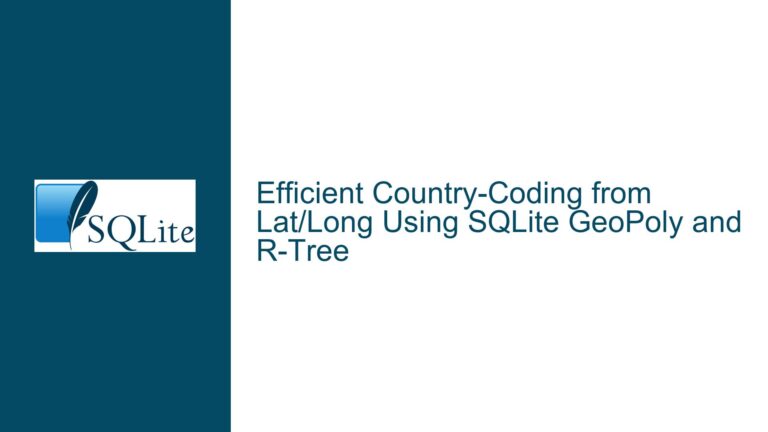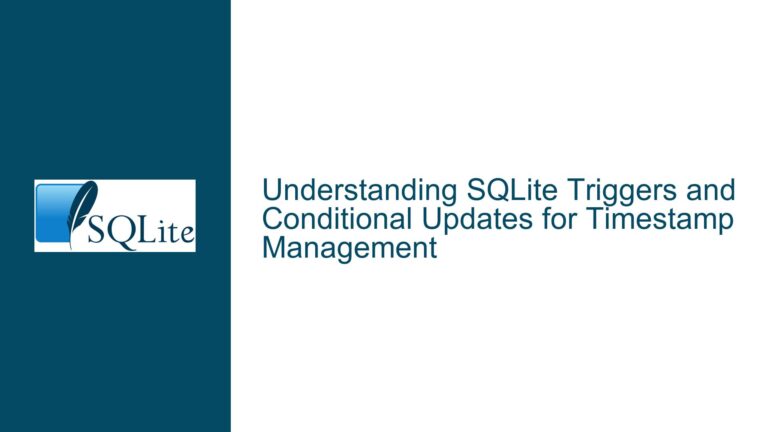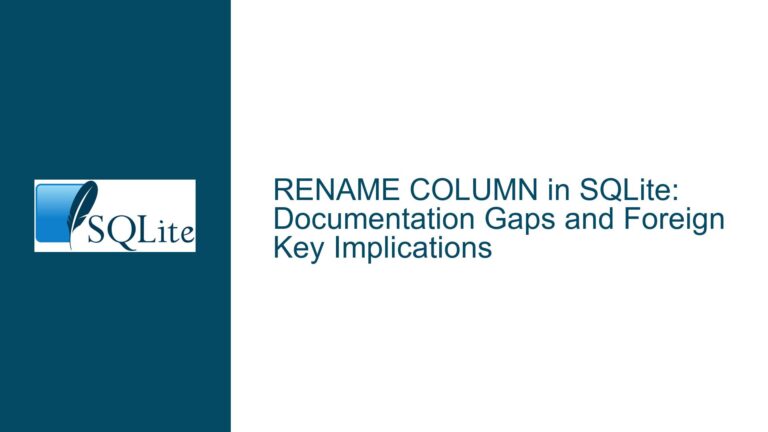SQLite Subquery Errors and Optimization for Flattening To-Many Relations
SQLite Subquery Behavior and "No Such Column" Errors When working with SQLite, a common challenge arises when attempting to flatten a to-many relationship into a to-one relationship using subqueries. This often involves fetching related rows from a child table (e.g., posts in a chat application) and associating them with a single row from a parent…









